
Photographer Attempts to Develop Film with Gamer Energy Drinks
A photographer has attempted to develop 35mm black and white film using powdered energy drinks after he successfully developed film using beer, dishwashing liquid, and instant coffee.

A photographer has attempted to develop 35mm black and white film using powdered energy drinks after he successfully developed film using beer, dishwashing liquid, and instant coffee.
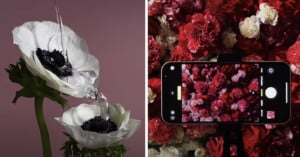
Apple is continuing its "Experiments" videos series and has released the latest in the collection which was shot on iPhone 12 titled "Full Bloom," just in time to celebrate the spring season.
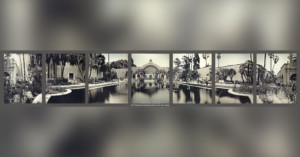
I’ve been experimenting non-stop with a few new daguerreotype techniques lately, and however promising the results are looking so far, those experiments are slow going. But here’s something I thought up and was able to execute in a relatively speedy manner -- something I believe warrants a look. I don’t believe this method of making a panoramic image has ever been utilized before, so I’m dubbing it the "Antorama."
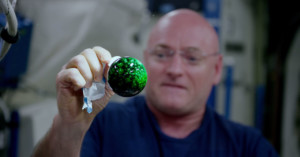
Did you know the International Space Station has a RED Epic Dragon in its camera arsenal now? The 6K camera was delivered to the station back in January 2015, allowing astronauts to capture footage at 300 frames per second and 6 times more detail than before.
To show off their new recording abilities, astronauts have posted a couple of videos in which they play with floating orbs of water in the microgravity environment of space. The experiments have been a hit: the 1-minute video above has gotten nearly half a million views in just the past few days.

Swiss photographer Fabian Oefner recently gave this short 10-minute talk at TEDx Warwick …
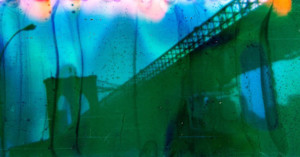
Ever wonder what resulting photos would look like if you developed film with various liquids found around the house? Photographer Matthew Cetta does too, and he's actually spent quite some time finding out. Cetta has been doing experiments through a project called "Photogenic Alchemy," creating toy camera photos with wild aesthetics by developing the films with all kinds of random things -- everything from lemon juice to Pepto Bismol.
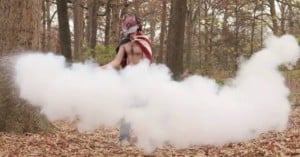
Have you ever wanted to make the video you shot on your DSLR look like it's playing at 1000fps, or make people warp in and out of your time lapse, on perhaps contort faces like putty? Then come explore the glory that is Twixtor. If you're not already familiar with the software plug-in created by RE:Vision Effects then I highly suggest you check out the information below, study up, and dive in.
If you don't already know, essentially Twixtor allows you to take your footage and slow it down to upwards of 1000fps by estimating what the frames needed in between would look like and filling in the gaps. Now it does have its limitations. Your footage has to be at least 60fps for the end result to be worthwhile, and if there's too much movement you'll start to get this warping effect around the movement (although used purposefully even the warping can be a fun tool).

Photographer Kyle Clements' time-lapse showing specks accumulating on the Nikon D600 over the first 1000 shots has been seen by nearly 200,000 people around the web in less than a week. Through the exposure his experiment has gotten, Clements received a good deal of feedback and suggestions regarding further experiments and what the specks might be. He has since done two new time-lapse experiments that sheds a little more light on the issue.
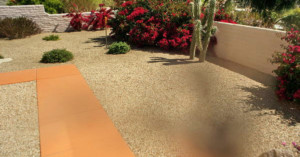
This photograph was taken by a lens with some "obstruction" on the front element. Aside from the blurry patch of nastiness in the bottom portion of the frame, the rest of the image looks pretty decent. What do you think the "obstruction" is? A little dirt? A smudge where the photographer accidentally touched the front element? A scratch? The answer is a little closer to a scratch than a smudge...
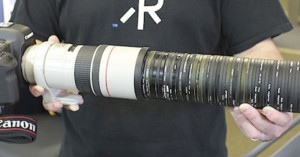
One of the benefits of running a gear rental business is that you have a ton of equipment you can use for random experiments. That's exactly what Roger Cicala, the owner of LensRentals, did with the UV filters he had on hand. One-upping the 19 filter stack we shared a while back, he mounted 50 different UV filters to a Canon 5D Mark II and 300 f/4 lens to see what the resulting images would look like.
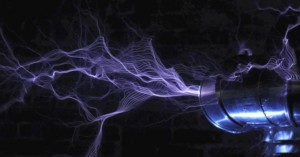
Hacker Rob Flickenger wasn’t satisfied with ordinary …

National Geographic created this nifty little video teaching how to turn any room with a view into a giant …

Tom Guilmette was doing a project in Vegas that involved a …
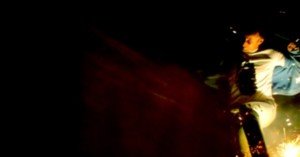
Kaleb Wentzel-Fisher had the brilliant idea of using custom bokeh to spell out words in his videos, and spent a good amount of time developing and perfecting the idea. The above video, titled "Light Works", is a demonstration of this technique in action. The results are pretty awesome.
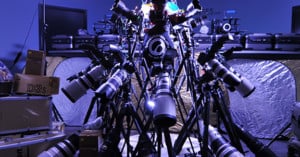
With a huge arsenal of camera gear at their disposal, the folks over at BorrowLenses can do a lot of fun and random experiments that us ordinary folk can only dream about. After first stacking lens filters and then teleconverters, they've gone to the next level by stacking $150,000 worth of camera gear into a Christmas tree.
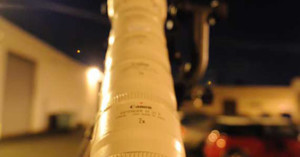
Now here's a novel way to shoot the moon: stack five separate Canon 2x extenders to boost the focal length of your 800mm lens. Supposedly (and surprisingly) this rig actually captured a decent photograph of the moon.
This was done by the folks over at BorrowLenses, who also did the crazy filter stacking thing we featured recently. When you have as much gear as they do at your disposal, you have a wider range of ways to have fun with gear experiments.
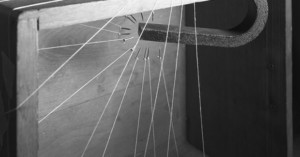
Caleb Charland is a Maine-based photographer who combines a love of scientific experiments and photographs into wonderful and amazing photographs.